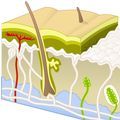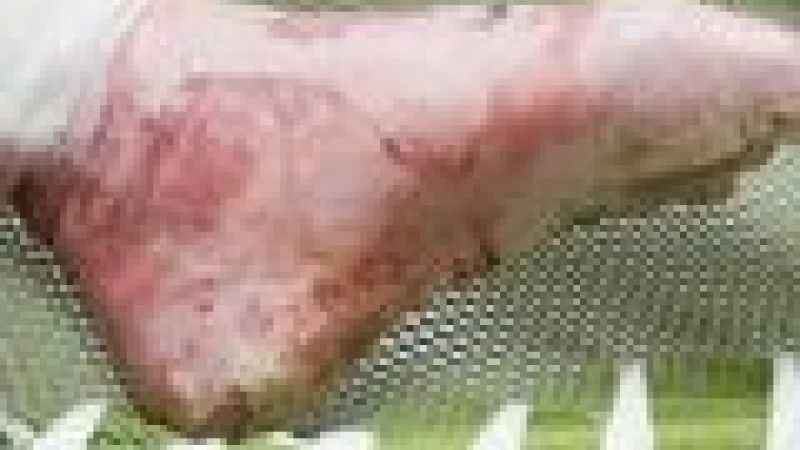Text to go here...
 Artificial human skin developed in the laboratory has been successfully grafted onto mice. The finding offers hope for new treatment methods for skin diseases which wouldn't involve the use of animals.
Artificial human skin developed in the laboratory has been successfully grafted onto mice. The finding offers hope for new treatment methods for skin diseases which wouldn't involve the use of animals.
In the past, artificial human skin has been developed using a complex mixture of biomaterials found in the skin such as collagen and fibrin. Now tissue engineers have developed a much more simple technique, which uses an agarose-fibrin mix and more closely resembles human skin.
The scientists obtained human skin from small biopsies belonging to consenting plastic surgery patients, and used fibrin from the plasma of healthy donors to make the artificial-skin substitutes. They also added the jelly-like substance agarose, as well as other chemicals to make sure that the 'skin' developed correctly.
These skin substitutes were then grafted on to the backs of nude mice (mice which have no hair and a limited immune system), and closely analysed to see whether they could function in living organisms.
The grafts proved successful, with no rejection or infection, and the mice healed around the graft within 20 days. The hope is that following the the success of this research, the skin substitute could be used to conduct laboratory tests, replacing the use of animals in some research into the treatment of skin diseases. At present, there is no talk of using this artificial skin for human skin grafts.
Last edited: 11 January 2022 09:44




